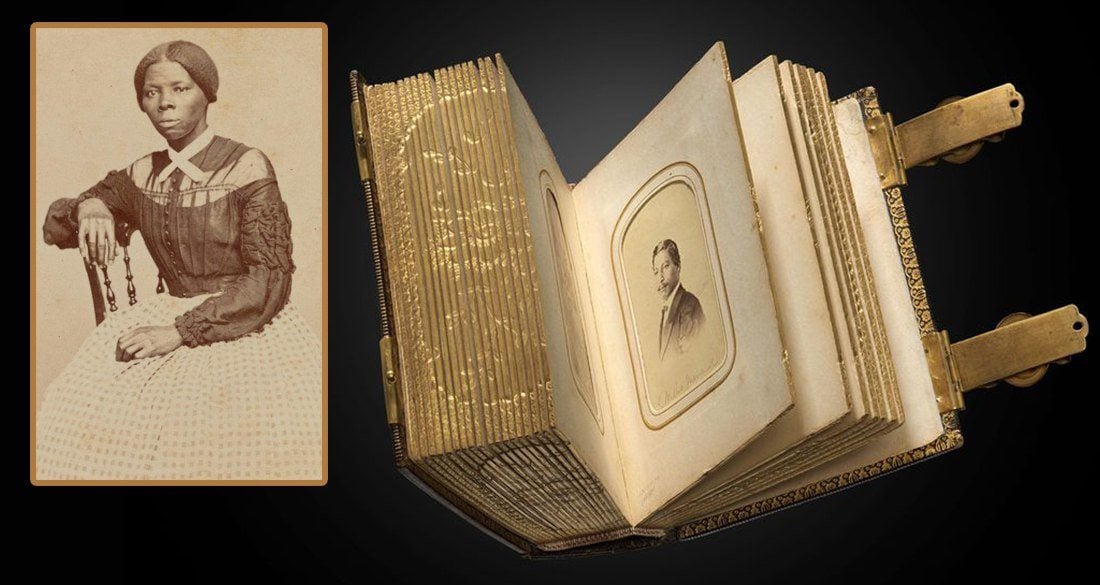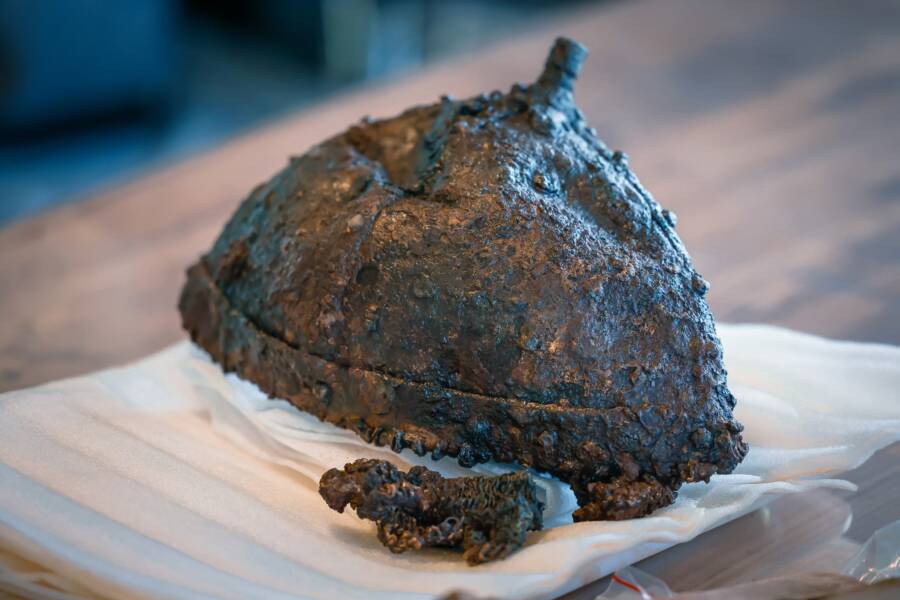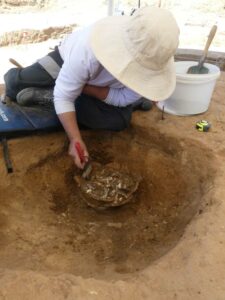Mysterious Young Harriet Tubman Photo Discovered in Forgotten Abolitionist’s Album Sparks New Historical Revelations
What if I told you the fierce, fearless Harriet Tubman had a whole different vibe in her younger days—one so unexpected it might just make you rethink everything you thought you knew about this legendary figure? Turns out, the National Museum of African-American History and Culture just dropped a bombshell: a previously unseen portrait of Tubman from her early 40s, snapped during the late 1860s. And no, this isn’t your run-of-the-mill, frail, end-of-life snapshot. This photo beams with a toughness laced with youth and style—something even museum experts admit had them saying, “Harriet Tubman, stylish? Who knew?” Beyond just adding a splash of color to history, this portrait humanizes Tubman in ways that pull at your heartstrings and tickle your curiosity. Curious to see the face behind the heroism? Well, brace yourself—because this ain’t your grandma’s history lesson. LEARN MORE
“I think that picture humanizes her in a way that I would have never imagined.”
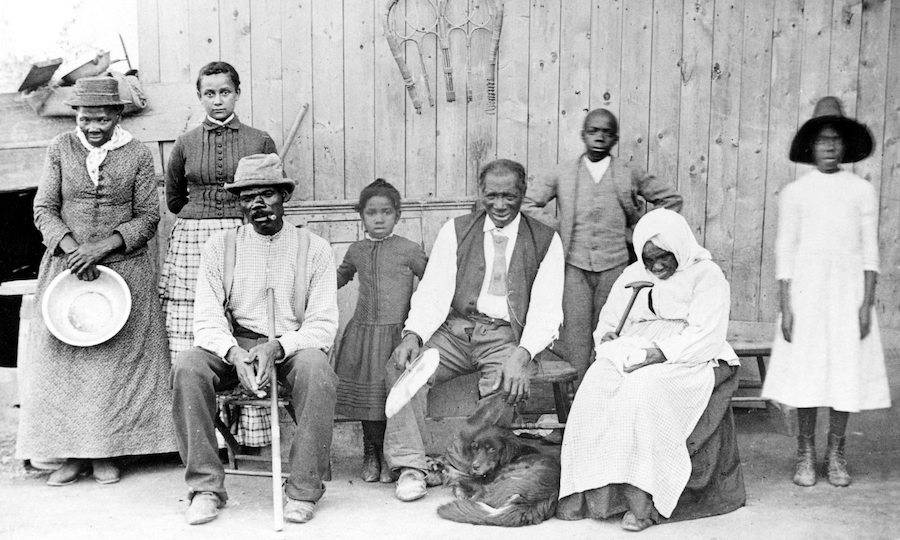
Wikimedia CommonsHarriet Tubman poses with former slaves.
There is an exciting new addition on display at the National Museum of African-American History and Culture in Washington, D.C. The museum unveiled a never-before-seen portrait of American icon Harriet Tubman, which was discovered in a photo album owned by fellow abolitionist Emily Howland.
According to the museum, the photo dates back to the late 1860s when Tubman is estimated to have been in her early 40s.
“All of us had only seen images of her at the end of her life. She seemed frail. She seemed bent over, and it was hard to reconcile the images of Moses (one of Tubman’s nicknames) leading people to freedom,” Lonnie G. Bunch III, founding director of the Smithsonian’s National Museum of African American History and Culture, said to Smithsonian.
The portrait shows a youthful-looking Tubman with her black hair held back in a tight bun. She dons a long-sleeve button-down with accents of ruffles in the middle and a gingham pattern frock that drapes all the way to the floor, subsequently hiding her feet. Tubman’s expression is straight and hardened while her right arm is rested on the back of the chair on which she sits.

Library of CongressThe portrait of Harriet Tubman, estimated to be in her 40s. The photograph was found in an album owned by abolitionist Emily Howland.
The portrait is powerful. Not only because it is an image of one of the most revered African-American activists in the country’s history, but also because the vintage photograph is the only known portrait of Tubman in her younger years.
“Just to see her younger is really great because we’re so used to seeing the older photos of her after she’s already made her way back and forth,” Deborah Brice, a living descendant of Harriet Tubman, told DCist. “She’s a young woman and that’s what I see in the photo: a young woman who still has that hope.”
Bunch added that “there’s a stylishness about her. And you would have never had me say to somebody ‘Harriet Tubman is stylish.’”
The Smithsonian museum partnered up with the Library of Congress to gather funds and acquire the photograph from Swann Auction Galleries of New York.
Bunch, whose expertise covers 19th Century History, explained that Tubman’s attire signified that of a middle-class black woman. Tubman successfully made a living working for the Union government as a spy and received a pension for her services. She also ran a small farm of her own and sometimes received donations from abolitionists who supported her work.
Tubman’s rediscovered portrait is one of 49 photographs that appear in a worn photo album that belonged to Emily Howland who was also an abolitionist. Howland was heavily active in education and the women’s suffrage movement and taught freed slaves to read at Camp Todd, located on the Arlington estate of Confederate Gen. Robert E. Lee. She also taught African-American girls at a free school and eventually went on to launch her own school for freed slaves.
Howland’s involvement in social justice at the time may explain the rest of the contents in the photo album, which was a gift she had received from a friend. In addition to Tubman’s photograph, the photo book also contains portraits of other public figures in American politics.
Another incredible discovery from Howland’s photo album is a portrait of John Willis Menard, the first African-American man elected to the U.S. Congress. In the yellowed image, Menard projects an air of sophistication with perfectly coiffed curls on the side of his head and a well-groomed mustache. It is the only known photograph of Menard to still exist.
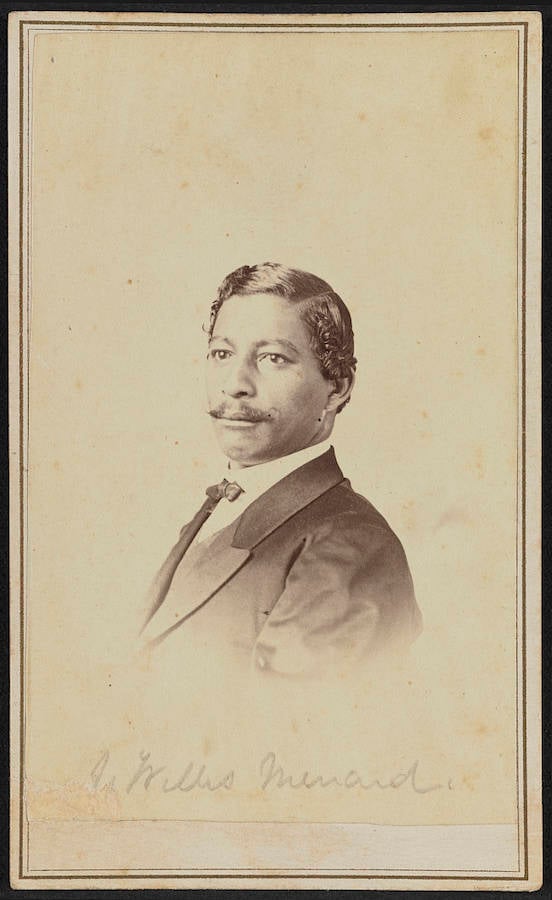
Library of CongressThe only known photograph of John Willis Menard, the first African-American elected to U.S. Congress.
“When we came across the picture of John Menard I was stunned…[Menard’s] opponent challenges the election, and so there was this debate about whether or not he should be seated in the House,” Bunch said.
“There is this amazing image of him speaking before the House of Representatives…But they decided that neither he nor his opponent should be in the House, so they basically kept the seat vacant. So, while he was the first elected he didn’t actually become a member of the House of Representatives.”
